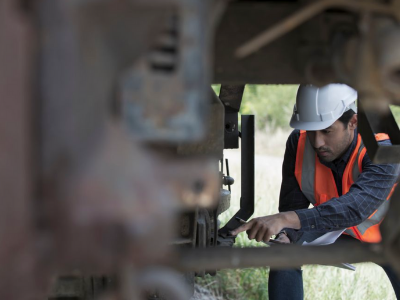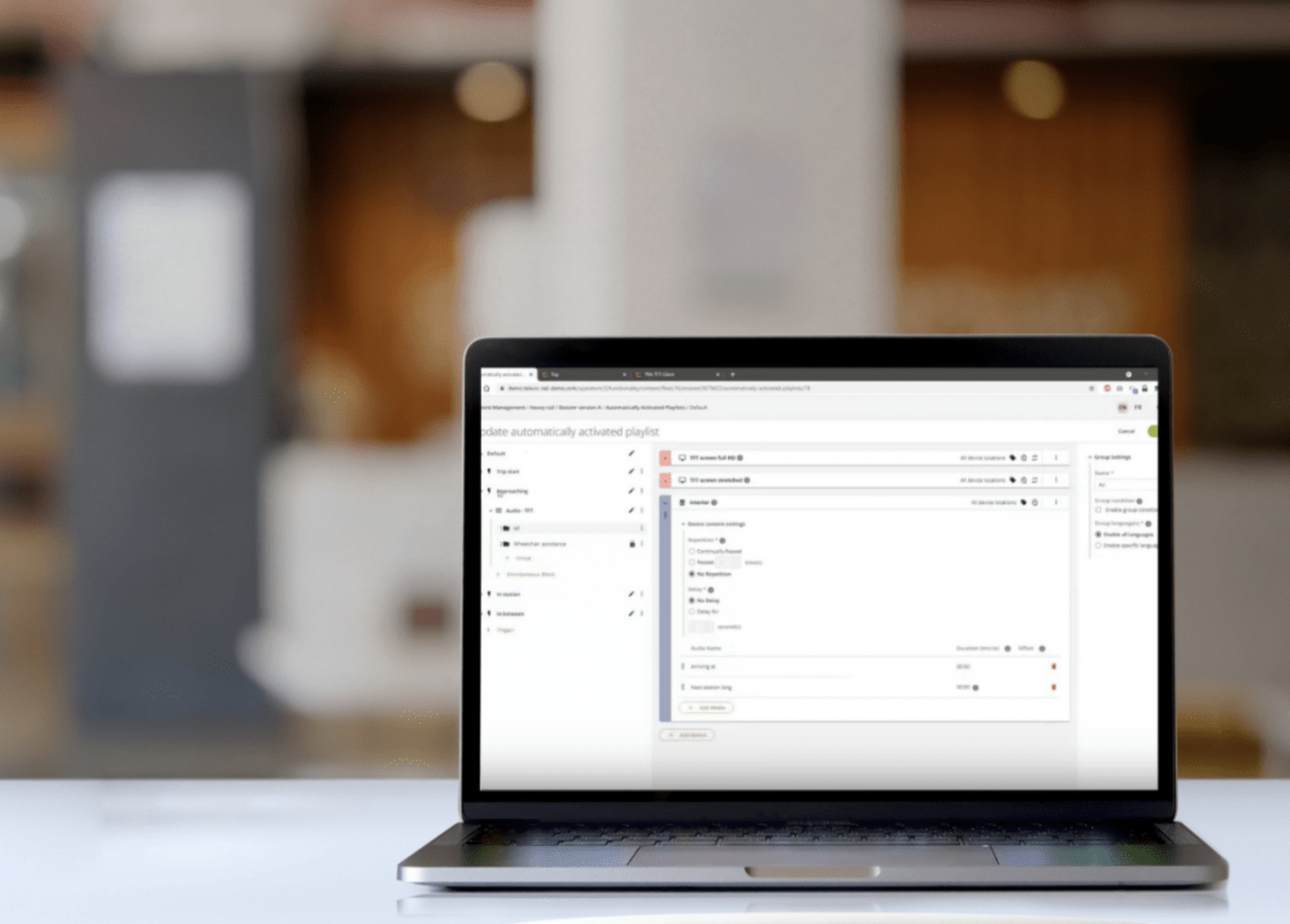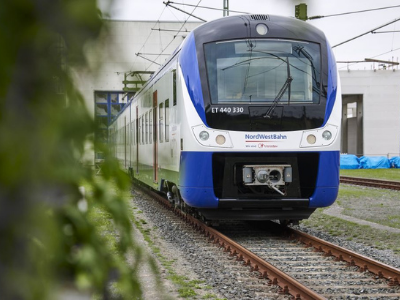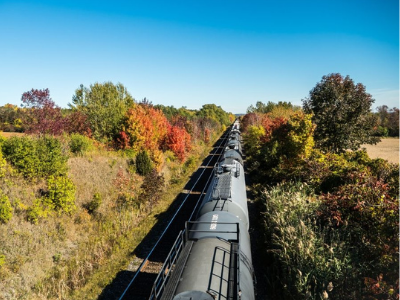In Europe alone, railway infrastructure and rolling-stock maintenance are expected to cost over €25 billion in 2022, and the cost keeps rising every year. The biggest cost drivers are tracks, wheel-sets and pantographs.
But there is good news too: by replacing reactive fault detection with proactive evidence-based approaches, a significant cost reduction can be made…
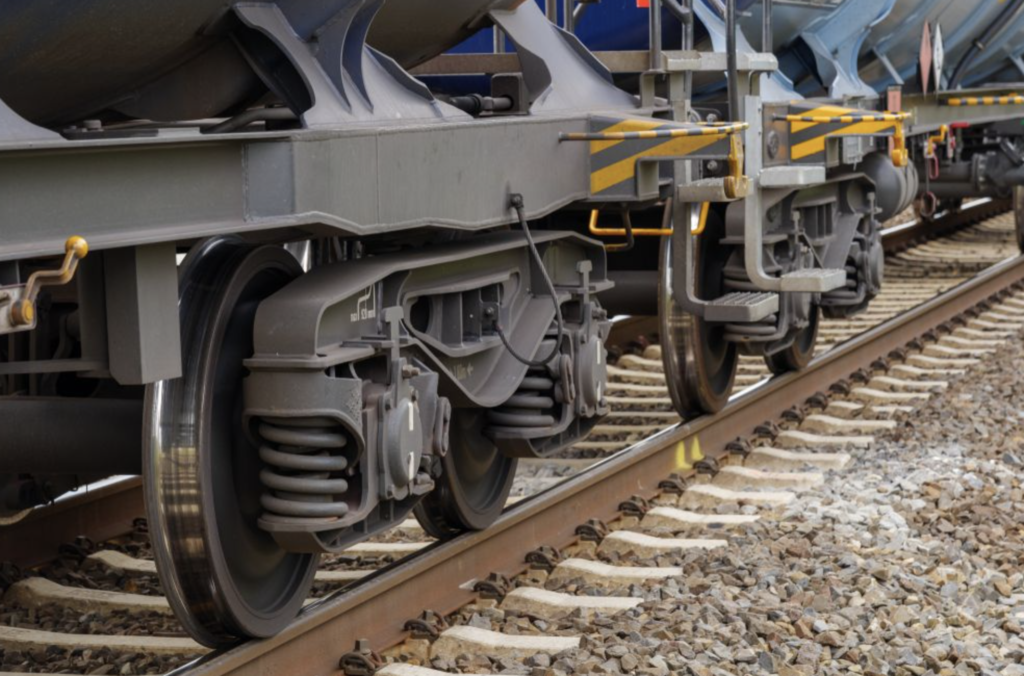
Cost Reduction
According to global management consultant McKinsey & Company, data-driven condition-based maintenance can lead to an overall reduction of at least 10 to 15% in maintenance costs.
From Reactive to Proactive Repair
This is possible because condition-based maintenance entails innovative, cost-efficient methods of data collection – such as using in-service trains rather than dedicated measurement vehicles, allowing real-time monitoring of track.
Also, asset-condition intelligence can be provided directly to your maintenance teams, through customised dashboards featuring location maps, diagnostic readings and identification of the required spares.
You may recognise this: at present, some components (e.g., wheel bearings) are often replaced or refurbished before they are fully exploited. While the train is out of service for repairs, a lot of other parts are also replaced too early.
The whole idea of condition-based maintenance is to avoid such situations and to evolve towards data-driven replacements, in which every component of the train is used to its full extent – ensuring maximal efficiency and minimal costs.
Research on ROI
Rail operators should start by conducting an analysis of condition-based maintenance programs before tackling technology evaluation or even implementation. These are the elements to focus on:
- the overall intent of the project analysing the potential impact of improvements
- specific costs tied to component failure and the subsequent associated expenses
- a Pareto analysis of known failures together with the financial ranking of critical assets enabling the areas of priority
documentation of the projected labour costs of reductions in out-of-service time by a factor of 25% - costs associated with balancing refurbishment against replacement
Something that might be of interest to you? Televic GSP is happy to support you. We can provide balance sheet data to help you understand the return on investment of making the shift to condition-based maintenance, as well as proof for internal debate.
This article was originally published by Televic GSP.









